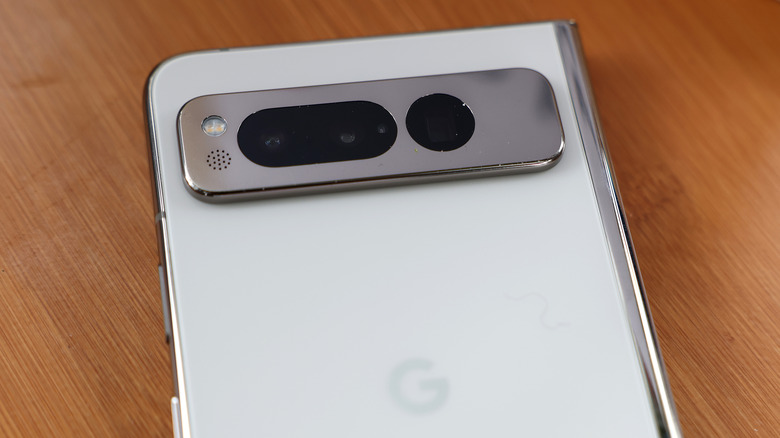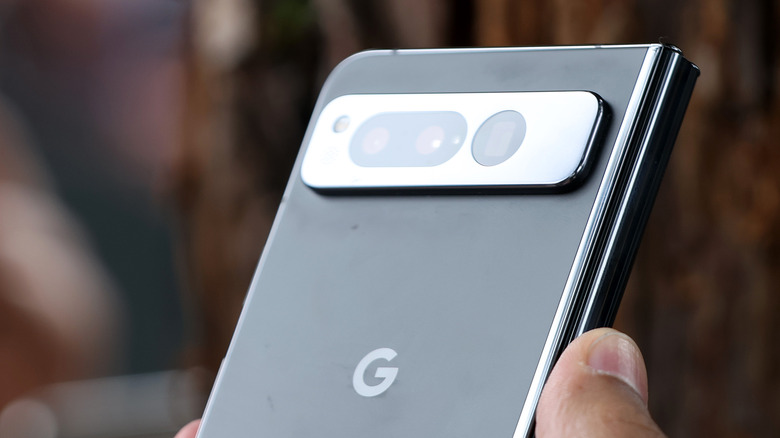Leak Points To Major Camera Upgrades For The Google Pixel 8
Google is reportedly planning a handful of major camera upgrades for its Pixel 8 series phones to bring them closer to its Android rivals in the megapixel race and far ahead of Apple's iPhones. According to an Android Authority report that cites an insider source at Google, the Pixel 8 Pro will use the next-gen Samsung ISOCELL GN2 camera sensor.
Even though the camera resolution remains identical at 50 megapixels, the new sensor is bigger in size and captures 35% more light data compared to the ISOCELL GN1 sensor fitted on the Pixel 7 Pro. For long-range zoom capture, the Pixel 8 Pro will use the same Samsung ISOCELL GM5 sensor that offers a 48 megapixel resolution and delivers a 5x optical zoom-in range.
The Pixel 8 will also be treated to a similar upgrade, keeping the primary camera resolution locked to a 50 megapixel resolution but switching to the new and improved Samsung ISOCELL GN2 sensor. However, just like the Pixel 7, the upcoming phone will also skip the telephoto camera, likely as a cost-cutting measure.
Pixel 8 Pro gets the upgrade love
The most significant upgrade to the camera configuration for the Pixel 8 is reserved for ultrawide photography. The Pixel 7 Pro offered a 12-megapixel camera for ultrawide angle photos, but the latest leak suggests the Pixel 8 Pro will take the camera chops up a notch with a 64-megapixel Sony IMX787 sensor. To recall, this is the same camera sensor that Google is currently using on the budget-centric Pixel 7a.
The Pixel 8 Pro is also getting a new time-of-flight (ToF) sensor that will supposedly boost the focus lock speed and accuracy. There is no hardware-centric upgrade for the ultrawide snapper on the Pixel 8, as it will continue using the same 12-megapixel Sony sensor as the Pixel 7. However, Google has slightly cropped down the zoom ratio from 0.67x to 0.55x for its next.
Another key distinction between the standard and Pro models will be the thermal sensor on the Pixel 8 Pro, which might come in handy for non-contact body temperature measurement. On the software processing side, support for Staggered HDR tech will further improve the HDR output, and there's also an adaptive torch system that will automatically adjust the LED flash intensity to improve low-light photography.

